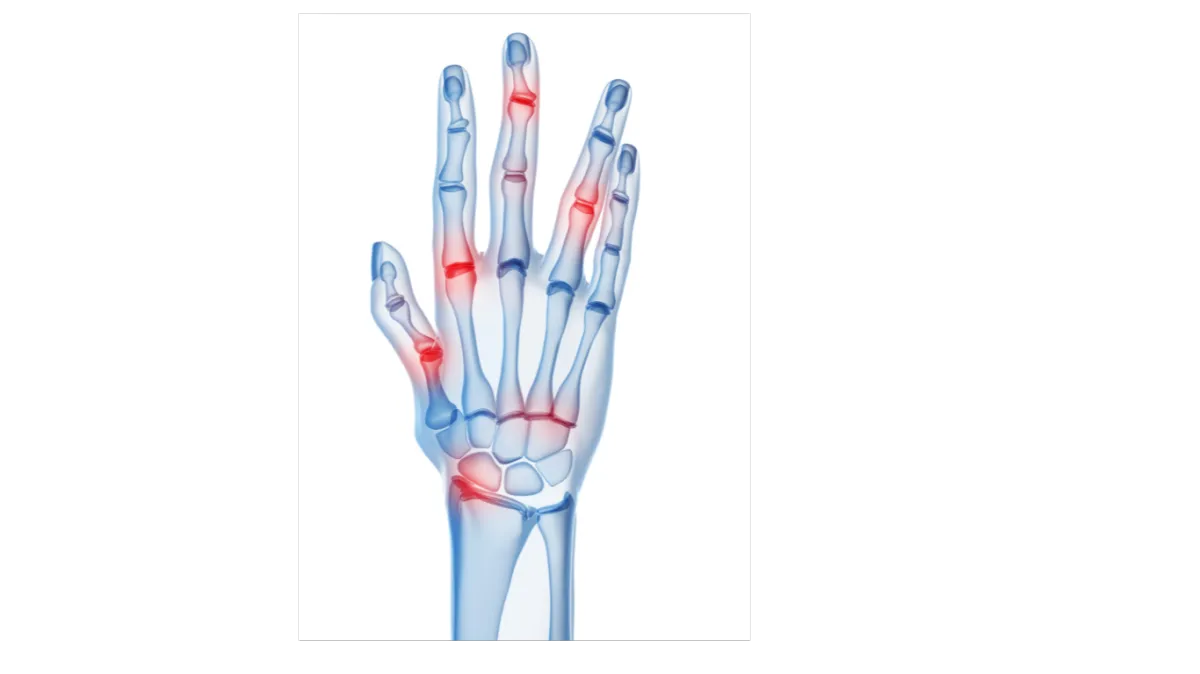BLOG
All Things Psoriasis

What is the Difference Between Psoriatic Arthritis, Rheumatoid Arthritis and Osteoarthritis?
What is the Difference Between Psoriatic Arthritis, Rheumatoid Arthritis and Osteoarthritis?
Psoriatic Arthritis (PsA)
PsA is an inflammatory autoimmune disease of the joints associated with psoriasis of the skin and nails. It is difficult to diagnose as there are currently no available tests for it. PsA also affects the ligaments and tendons where they connect to bone. The ligaments in feet can be affected causing pain in the heel and sole of the foot (plantar fasciitis). It tends to affect the joints nearest the nails on both hands and feet. Some people can have PsA without recognising they have psoriasis, or they can get it before psoriasis appears. Others will have recognisable psoriasis and the PsA will follow a few years on. As with psoriasis there are no rules to go by really. PsA can also affect one side of the body, and both sides too. Women and men are affected equally in number, but men are more likely to get into remission than women.
Rheumatoid Arthritis (RA)
Rheumatoid arthritis is also an inflammatory autoimmune disease where the immune system attacks the synovium cells that cover the joints. The resulting inflammation then damages joint, tendons and ligaments. There are tests to confirm the diagnosis. Rheumatoid factor (a protein produced when the immune system is attacking itself) and anti-citrullinated peptide (antibodies produced by the immune system) are detected in the blood, although some people can have rheumatoid factor and not have RA and the antibodies are not always found in people with RA either. RA generally is affects both sides of the body. It affects the joints in a similar way to PsA, except it causes pain and swelling in the central joints of the fingers and toes. Women are three times more likely to get RA than men.
As you can see there are not really any firm rules to follow with either of these diseases. It is best to see a specialist in this field who will be able to do the right tests and put all the information together to come up with a proper diagnosis. Both diseases are treated in a similar way.
Osteoarthritis
OA is generally considered to be wear and tear of the joints, mostly in weight bearing joints such as the hips, knees, and hands. The protective cartilage at the ends of the bones wears down and is not repaired properly. This leads the bones to rub together causing pain and discomfort. However, recent studies have suggested that the immune system plays a role in OA too. In one small study monocytes, a type of immune cell, were found to be higher in women with OA. In another study mast cells (an immune cell which releases histamine) were found in the joints of both people with and without OA symptoms. However, those mast cells found in the joints of OA patients were shown to have released an enzyme, tryptase, which can destroy cartilage. Women are more likely to have OA than men, and will have more OA in the knees, whereas men get OA more in the hips.
In all three types there is an immune involvement, but different parts of the immune system affect each disease differently. The differences lie in which areas of the immune system are involved and which joints are involved. The treatment for OA can differ from PsA and RA, but all three will involve bringing down inflammation.


